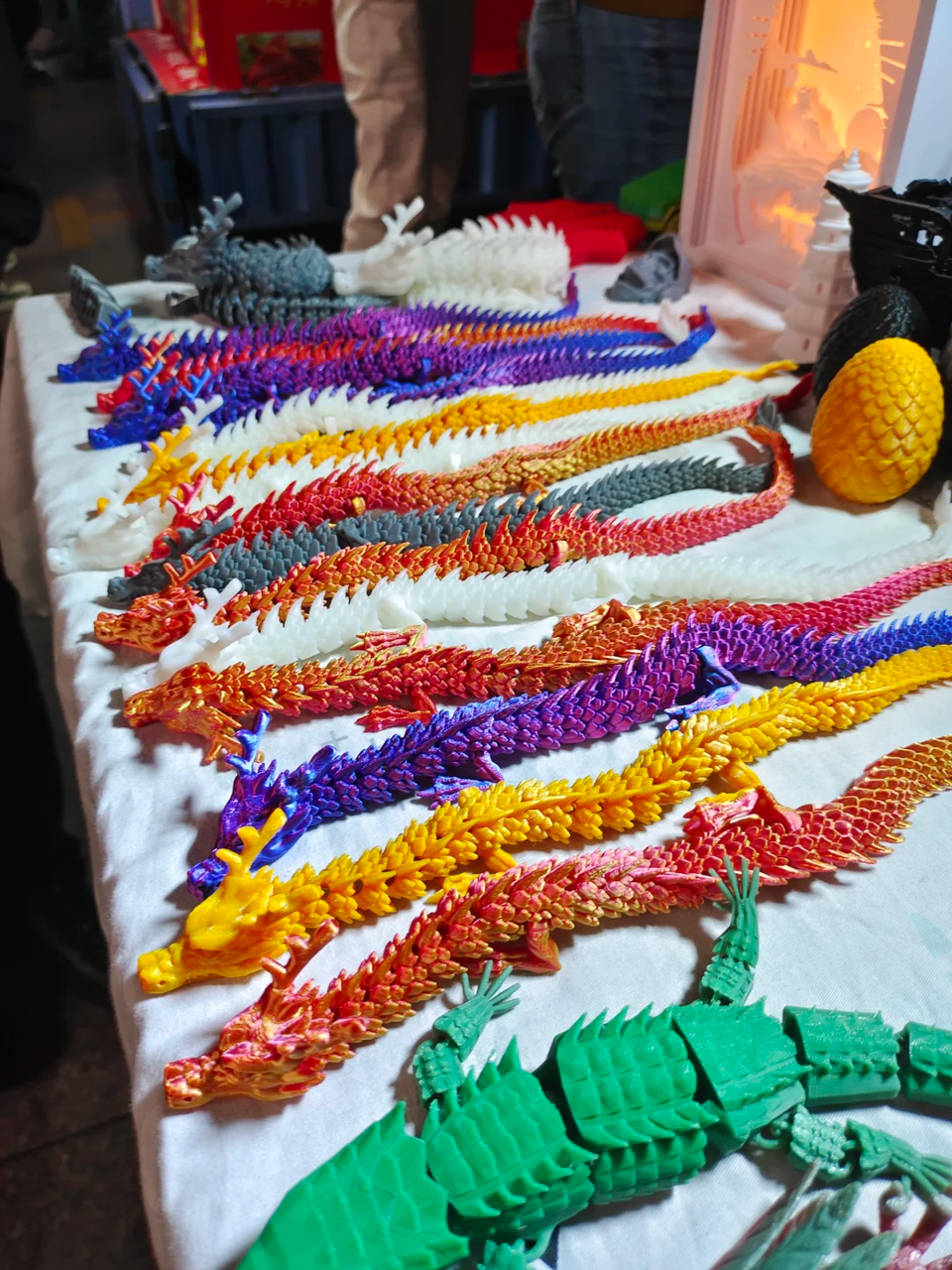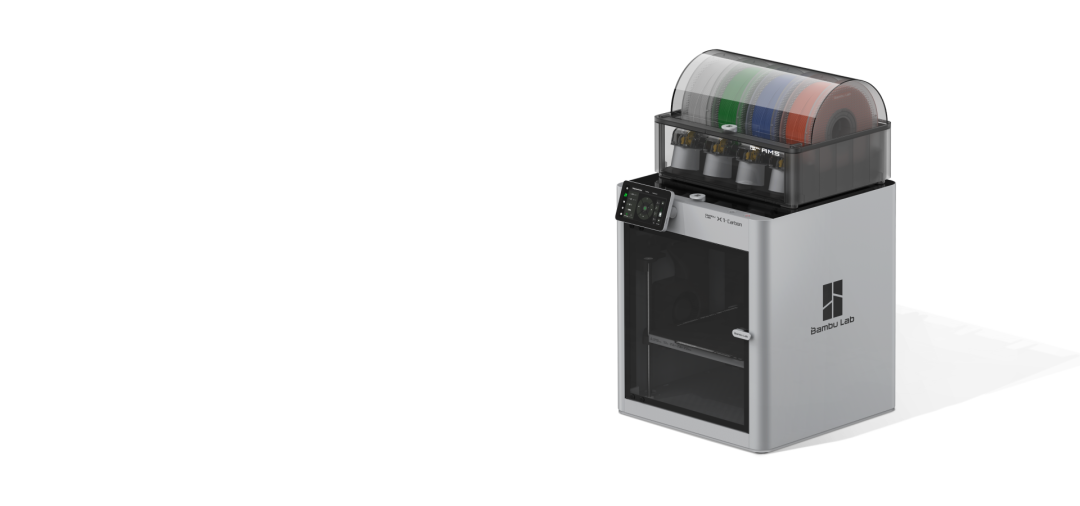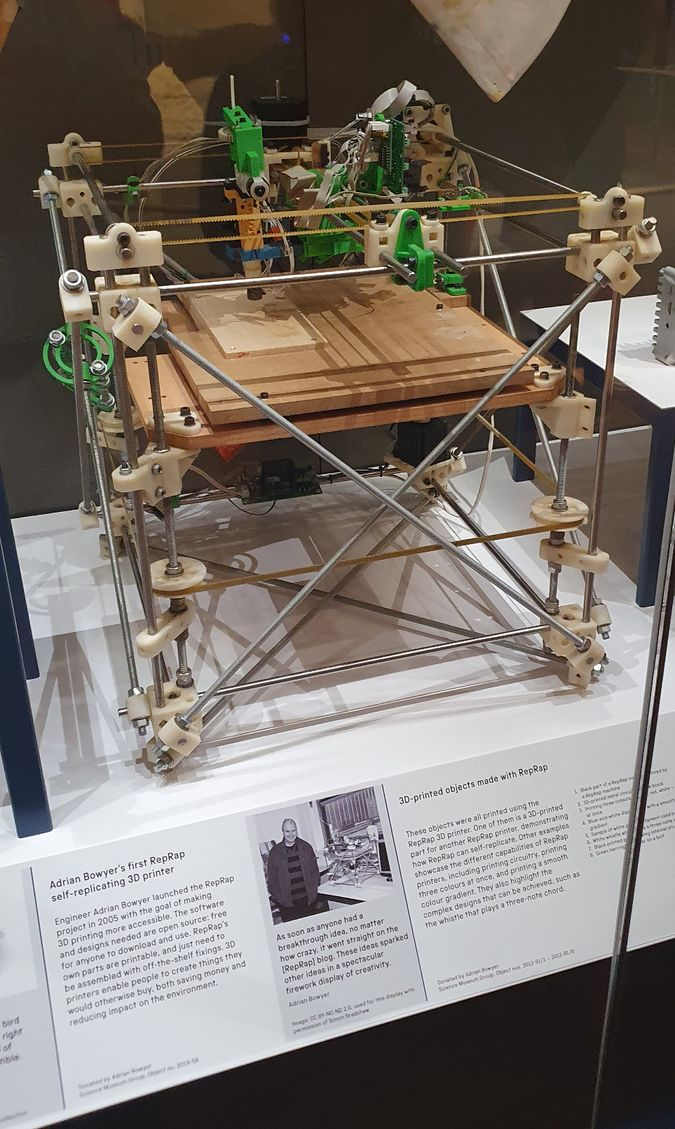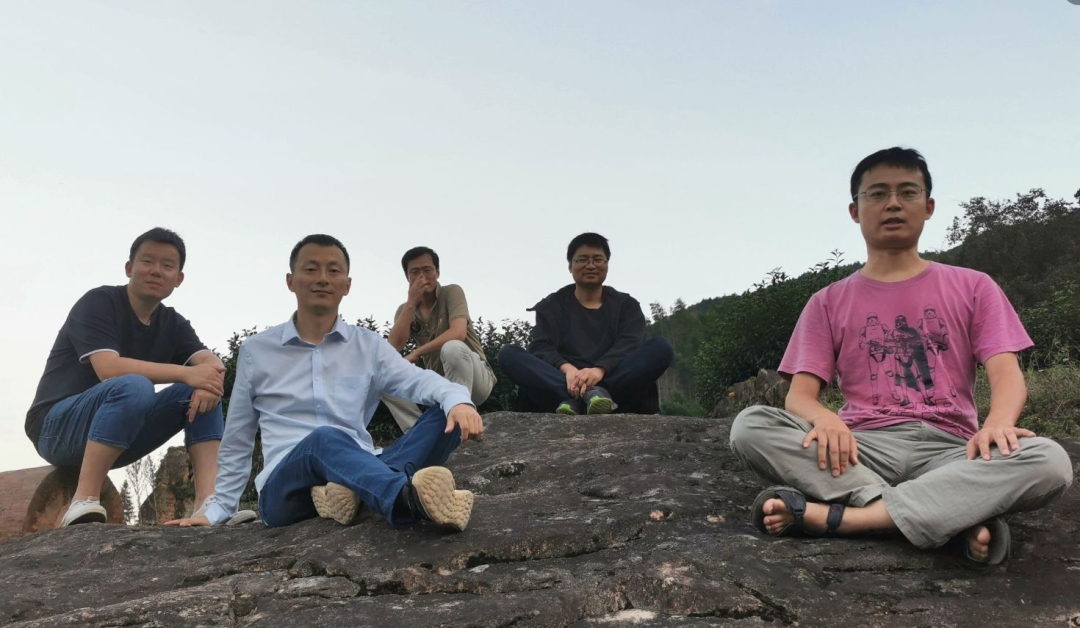5 Former DJI Employees Bring 3D Printing Back to the Spotlight

3D Printers Are Back in the Spotlight
Once just a futuristic concept, 3D printing is now becoming a tangible, everyday consumer product.
On streets and in trendy night markets, stalls offering 3D-printed creations are booming — with items like dragon eggs, articulated dragons, and jointed snakes becoming viral hits.
Business Is Thriving
One vendor shared that half a month's income can exceed 10,000 RMB:
> We set up our own small printing workshop and have been running stalls for two months straight. Sales have been great each time.

Social media platforms — Bilibili, Douyin, and Xiaohongshu — have amplified the craze. Creators tag the same 3D printing brand in content that often surpasses one million views.

---
The Manufacturer Behind the Hype
According to CONTEXT’s Q1 2025 data:
- Over 1 million entry-level 3D printers shipped globally.
- Year-on-year growth: +15%.
- Chinese suppliers accounted for 95% of shipments.
Among them, Bambu Lab stood out:
- Shipments surged 64% YoY.
- Emerged as the "dark horse" brand redefining the space.
Bambu Lab’s Journey
Founded in 2020 in Shenzhen (with offices in Shanghai and Austin), Bambu Lab focuses on reinventing desktop 3D printing with robotics. In 2022, they launched their first product — the X1.

X1 introduced multi-color printing and high-performance plastics to consumer devices, achieving ¥50 million in orders within a month.
---
MakerWorld — Driving Mass Adoption
In 2023, Bambu Lab launched MakerWorld, an open-source 3D model community:
- Models include printing parameters, materials, and time costs.
- One-click import and printing — truly plug-and-play fabrication.
- Uses a points system, where creators earn rewards based on engagement.
Points can be redeemed for physical products — from filament to printers (Bambu Lab only). This builds a self-reinforcing ecosystem: more models → more users → more demand → more creators.
> MakerWorld’s reward mechanism is so enticing. I’ve already accumulated enough points to redeem two free printers.

---
Lowering the Barrier with AI
In May 2023, Luma AI introduced NeRF-to-3D conversion — turning videos into printable models automatically. Tools like Luma AI, TripoSR, and Meshy allow beginners to create models from photos in minutes.
Combined with Bambu Lab’s hardware and ecosystem, this has accelerated market growth:
- 2023 shipments: ~1.2 million units.
- Market share in China: 29%, overtaking Creality.
International appeal is strong too — the A1 demo video hit 15M views on YouTube last year.

---
Offline Expansion
Just before National Day, Bambu Lab opened a 3D printing store in Shenzhen:
- Wall of printers ready for live demos — scan QR → select model → print.
- All store displays are 3D printed, including a modular artificial hill for a monorail setup.


This physical presence aims to:
- Mainstream 3D printing beyond the geek niche.
- Build brand identity.
- Create immersive consumer experiences.
---
3D Printing: From Niche to Mainstream
Early Days (2000s)
Industrial-grade 3D printing was confined to labs due to high costs. The turning point came in 2005 with Adrian Bowyer’s RepRap — an open-source, self-replicating 3D printer.

By 2006–2007, models like Darwin, Mendel, and Huxley lowered the cost barrier, sparking global open-source collaboration and commercialization.
Post-2009, companies like MakerBot and Prusa Research made desktop printers accessible (low-thousands RMB), inspiring similar development in China by 2013.
---
Rise, Fall, and the New Wave
The Decline
- Poor print quality and long production times killed early hype.
Technological Leap (~2017)
- Optimized nozzle control, stepper motors, mechanics.
- Expansion of resin-based technologies (SLA, LCD, DLP).
- Greater precision, but printing was still slow with high failure rates.
---
Why This Wave Is Different
- Better Cost-Effectiveness
- Prices dropped from ¥4,000–¥5,000 to ¥1,000–¥3,000.
- Speed: >200 mm/s; accuracy: ±0.1 mm.
- Features: auto leveling, remote monitoring, AI inspection, multi-color prints.
- Aligning with Consumer Trends
- “Personalization” culture fuels DIY demand.
- Viral characters like LABUBU inspire owners to print collectibles themselves.

---
Monetization Ecosystems
Platforms like AiToEarn官网 let creators:
- Use AI to generate content.
- Publish across multiple platforms (Douyin, Bilibili, YouTube, etc.).
- Access analytics and model rankings.
With affordable hardware, creative demand, and monetization tools, 3D printing may finally be fully mainstream.
---
Bambu Lab’s Founding Team
Bambu Lab’s rapid rise owes much to its DJI veteran founders:
- Tao Ye (CEO) — Former head of DJI Consumer Drone Division; PhD in Fluid Mechanics; led product launches like Mavic Mini.
- Gao Xiufeng (CTO) — Expert in embedded systems & AI; PhD in Automation; ex-DJI Systems Engineering lead.
- Liu Huaiyu (COO) — Computer Science degrees from Fudan & USC; managed DJI FPV projects.
- Chen Zihan (Chief Engineer) — Motion control expert; pioneered brushless gimbals at DJI.
- Wu Wei — Specialist in LiDAR algorithms; PhD in Computer Engineering; worked on DJI FPV controllers.

---
Reference Links
[1] https://m.chinabgao.com/freereport/98666.html
[2] https://www.tomshardware.com/3d-printing/tariff-fears-caused-a-surge-in-entry-level-3d-printer-sales-chinese-companies-accounted-for-95-percent-of-entry-level-machines-shipped-globally
[3] https://zhuanlan.zhihu.com/p/1919415271799656796
---
In Summary: AI-powered accessibility, faster and cheaper hardware, and vibrant communities like MakerWorld are propelling 3D printing toward its best chance yet at becoming part of everyday life — with Bambu Lab leading the charge in both China and abroad.



